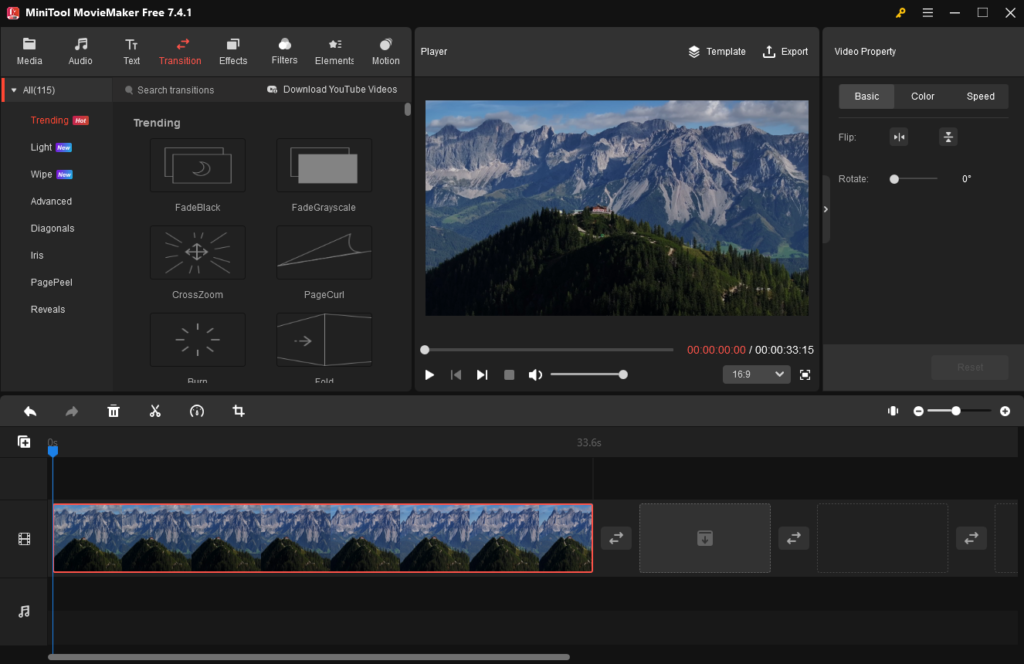In today’s fast-paced business environment, a streamlined procure-to-pay (P2P) process is crucial for keeping financial operations running smoothly and improving purchasing methods. Companies need to enhance their P2P processes to cut expenses and boost productivity as they compete in the market.
When handled well, this process guarantees that each phase from procurement to payment is worthwhile, utilizing high-tech solutions and careful planning to maximize efficiency. By adopting cutting-edge technology and smart planning, businesses can greatly improve their P2P processes for better results.
Standardized Procurement Processes
Establishing uniform procurement processes minimizes mistakes and improves efficiency company-wide. A digital P2P system reinforces this by ensuring adherence to established policies and workflows and aligning all procurement activities with corporate standards.
This method not only simplifies supervision but also improves the uniformity of procurement operations, facilitating easier auditing and adjustment of processes as needed. Moreover, standardization promotes transparency and accountability within the procurement department and accelerates the integration of new team members by providing clearly defined processes.
Detailed Procurement Analytics
Thanks to procurement analytics, organizations are able to transform raw data into guidance that supports data-driven decisions that leverage trends, track expenses, and identify cost savings opportunities that would otherwise go overlooked. This helps organizations anticipate trends, closely track expenses and find cost-saving opportunities they would have missed otherwise.
Additionally, procurement analytics can identify ways to streamline purchasing processes by cutting unnecessary expenditures and increasing efficiency. They also assist in selecting more suitable vendors by evaluating their performances to select only dependable yet economical providers.
Utilizing a digital P2P platform is integral in this process as it centralizes data and offers practical insight for making informed purchasing decisions. Not only do such platforms increase oversight over spending but they also ensure every dollar spent meets strategic organizational objectives.
Supplier Relationship Management
Building strong connections with suppliers is crucial for successful procurement. By effectively handling these relationships, companies can negotiate favorable terms and ensure consistent supply reliability. Effective SRM requires ongoing evaluation of supplier performance and adherence to established standards. This proactive approach minimizes disruptions and fosters a trustworthy partnership, essential for sustained business success.
Moreover, an effective management tool can help track supplier innovations that might benefit the organization. This has the ability to foster a dynamic that encourages continuous improvement. In addition, regular feedback mechanisms also ensure that both parties are satisfied, maintaining a healthy and productive relationship.
Integrated Technology Solutions
Connecting enterprise resource planning (ERP) systems with P2P platforms streamlines the entire process from purchasing to payment. This technological merger automates crucial tasks like handling invoices and scheduling payments, cutting down on manual tasks and lowering the risk of mistakes.
Furthermore, an integrated system provides a unified view of data, enabling better financial planning and analysis that supports more informed strategic decisions. This integration also enhances real-time data accessibility, allowing managers to make swift decisions based on current information. It supports scalability by adjusting to increased workloads and accommodating new business processes without significant system overhauls.
Compliance and Risk Management
Adhering to both internal policies and external regulations is non-negotiable in the P2P process. P2P platforms aid significantly in this area by providing tools to monitor compliance and manage risks effectively.
With features such as built-in controls and comprehensive audit trails, these systems help ensure that all transactions meet the required standards and regulations, thereby safeguarding the organization against potential financial and reputational harm.
Training and Change Management
Introducing new systems and processes involves careful planning for training and managing change. Studies show that about 70% of change initiatives fail, often due to employee resistance and inadequate support from management. This underscores the importance of educating employees about the benefits and operation of new P2P systems to ensure they are embraced and used effectively.
Addressing resistance to change is essential as it poses a major obstacle to adopting new technology. By promoting clear communication and involving key stakeholders in the implementation, organizations can reduce these hurdles. This approach facilitates a more seamless transition and encourages greater participation with the new systems.
Final Thoughts
The features described above improve how a procure-to-pay strategy works, greatly helping an organization succeed. Each part—from using procurement analytics to ensuring thorough training and change management—plays a vital role in refining the P2P process.
Companies aiming to boost efficiency and financial performance should consider these strategic benefits when evaluating and upgrading their P2P systems. This approach helps them better manage resources, reduce risks, and gain a competitive edge in their markets.






